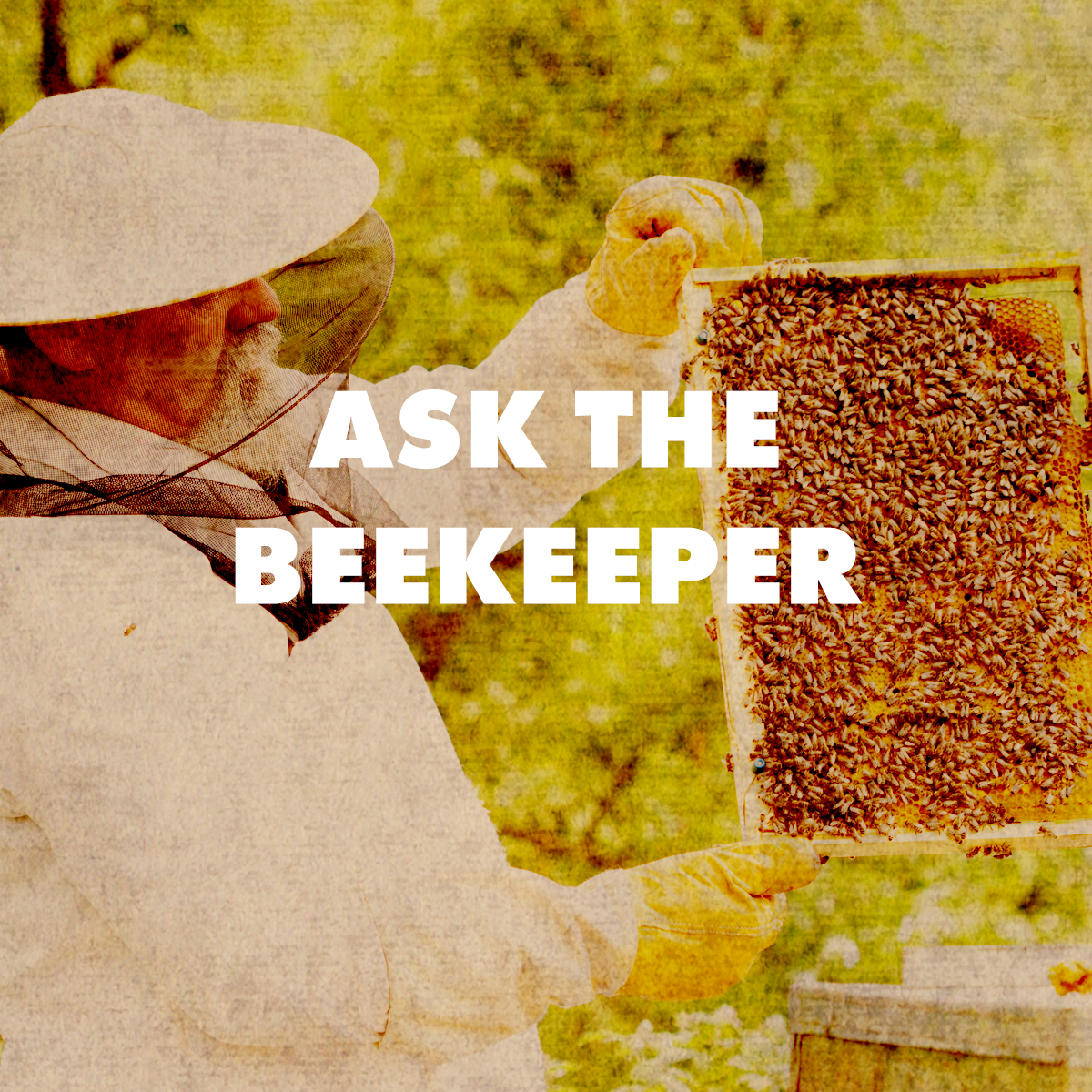No products in the cart.
Beekeeping
Ask the Beekeeper
We recently asked for questions for the beekeepers on our Facebook page, and our wonderful fans provided some good ones. We hope you enjoy this short Q & A, and follow us on Facebook to ask your own questions!
Do bees show a preference between organic and non-organic pollen/nectar sources? Or preferences toward particular sources?
Bees prefer food sources that are easily accessible from the hive and produce a lot of nectar. There’s no evidence that they are able to discern between organ or non-organic sources – they want whatever they can find!
They do tend to be drawn to plants that feature an open or flat flower, with lots of easily accessible pollen and nectar. Some scents do have appeal to bees, and it’s believed bright colors can help draw their attention as well. But those colors aren’t the same to us as they are to bees!
Humans see red, blue, and green light. Bees do not see red light – but they do see ultraviolet light. So the world looks very different to them. Flowers feature ultraviolet strains that help bees find where the pollen and nectar reside.
How long does a bee live?
It depends on a few factors, like the type of bee, climate, and the general health of the hive.
The queen bee can live pretty long – from a couple years to five years.
A worker bee isn’t quite so lucky. Assuming they can get the proper nutrients early in their life and live a normal lifespan, they will live about a month in the warmer summer months. With all the activity during this season, worker bees essentially work themselves to death in that timeframe.
In the winter, with less work to do and assuming a healthy food supply in the hive, this can be extended to around 120 days.
Then we have the drone. Used only for mating, the drone dies after mating with the queen. If they don’t mate, they live a few weeks – depending on the mood of the hive. Since they don’t produce anything or gather food, drones will be kicked out of the hive by the workers if there is resource scarcity or winter approaching.
Do you ever have tupelo or pear blossom honey?
We don’t have any pear blossom in stock, but we do have a stock of Tupelo Honey from our farm in the Florida panhandle.
Approximate distance bees will fly (from hive) to gather nectar?
Really far! A normal, healthy hive will gather nectar anywhere in an approximately 5KM (3 mile) radius. But they can go much farther if necessary. If food is scarce in that initial radius, bees have been observed to travel two to three times as far to find the goods.
Thanks for reading!

